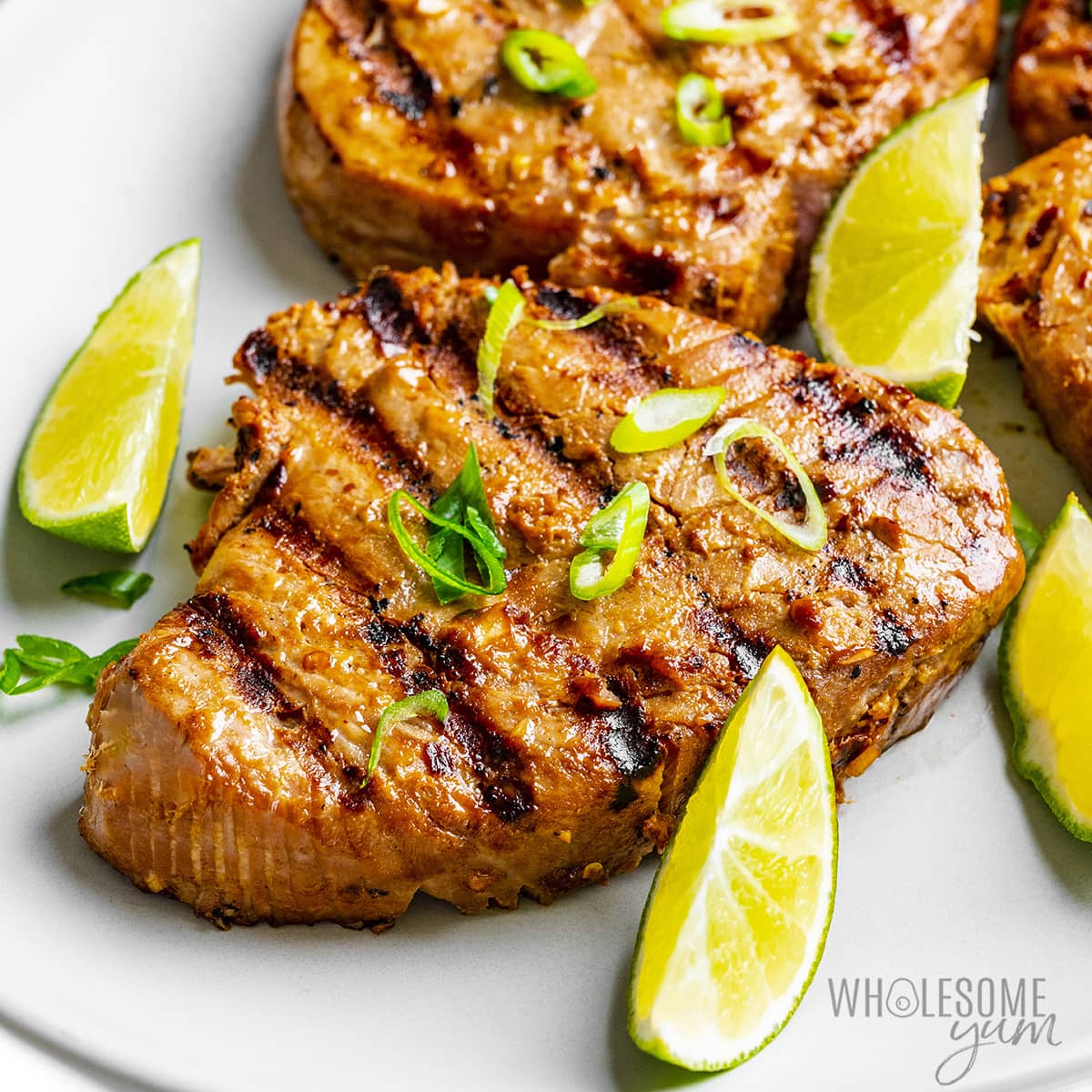A Culinary Cornerstone: The Egg
The humble egg, a marvel of nature, has been a staple in menschlich diets for millennia. Its versatility, nutritional value, and affordability have made it a beloved ingredient in countless cuisines worldwide. From breakfast classics to elegant dinners, eggs have the power to transform simple dishes into culinary masterpieces.

A Nutritional Powerhouse
Beyond its culinary appeal, the egg is a nutritional powerhouse. Packed with essential vitamins and minerals, including protein, vitamin D, and choline, eggs contribute to overall health and well-being. The protein in eggs is of high quality, aiding in muscle repair and growth. Additionally, choline, a nutrient often overlooked, plays a crucial role in brain development and function.
A Segeltuchschuhe for Creativity
The egg’s versatility in the kitchen is truly astounding. It can be cooked in countless ways, each offering a unique flavor and texture. From soft-boiled to hard-boiled, scrambled to fried, poached to omelets, the possibilities are endless. Eggs can demnach be used as a binding agent in baked goods, a thickening agent in sauces, and a base for custards and puddings.
A Weltweit Culinary Journey
Eggs have left their mark on cuisines around the world. In France, they are the star ingredient in delicate soufflés and rich quiches. In Italy, they are used to create creamy carbonara and fluffy frittata. In Nippon, they are enjoyed in the form of onsen tamago, a perfectly cooked soft-boiled egg with a runny yolk.
A Sustainable Choice
In recent years, there has been a growing interest in sustainable food choices. Eggs, when sourced from ethical and humane farms, can be a sustainable option. By supporting local farmers and choosing cage-free or free-range eggs, consumers can contribute to a more sustainable food system.
A Culinary Adventure Awaits
Whether you’re a seasoned chef or a home cook, the egg offers endless opportunities for culinary exploration. By understanding the different types of eggs, their nutritional value, and the various cooking techniques, you can unlock the full potential of this versatile ingredient. So, the next time you’re in the kitchen, let your imagination soar and create something delicious with eggs.
Baking powder is a leavening agent, a culinary magician that transforms flat batters into fluffy cakes, airy biscuits, and towering soufflés. It’s a simple blend of acids and alkalis, a seemingly ordinary ingredient that holds the secret to baking wonders.
Understanding the Science
To truly appreciate baking powder, we must delve into the science behind it. When mixed with wet ingredients, the acids and alkalis in baking powder react, producing carbon dioxide gas. This gas, trapped within the batter, expands as it heats up during baking, causing the dough to rise. The result? Light, fluffy, and delicious baked goods.
Types of Baking Powder
Not all baking powders are created equal. They come in various types, each with its own unique properties:
Single-Acting Baking Powder: This type of baking powder reacts once, when it comes into contact with moisture. It’s ideal for recipes that are baked immediately after mixing.
Baking Powder vs. Baking Soda
Baking powder and baking soda are often confused, but they are not the same. Baking soda is an alkali that requires an acid ingredient, such as buttermilk or lemon juice, to activate. Baking powder, on the other hand, is a combination of alkali and acid, so it doesn’t need any additional acid ingredients.
Tips for Using Baking Powder
Don’t Overuse: Too much baking powder can lead to a schmerzlich taste and a coarse texture.
The Joy of Baking with Baking Powder
Baking powder is more than just an ingredient; it’s a tool that empowers home bakers to create culinary masterpieces. With its ability to transform simple ingredients into extraordinary treats, baking powder has become an indispensable part of every baker’s pantry. So, the next time you’re craving a warm, fluffy cake or a crispy, golden biscuit, remember the magic of baking powder.